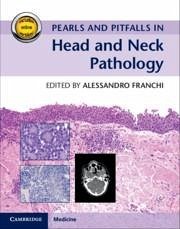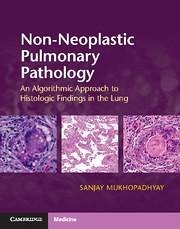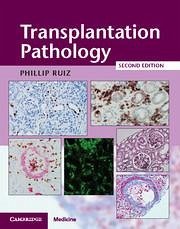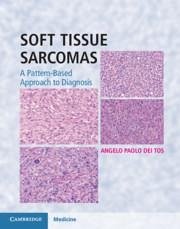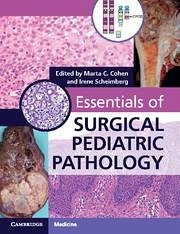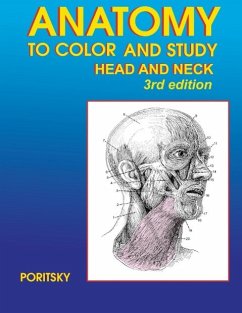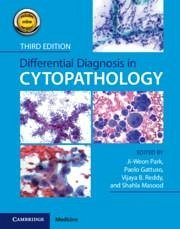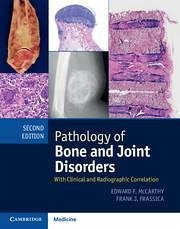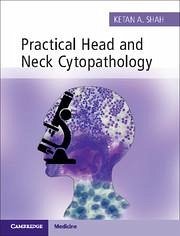
Ketan A Shah
Broschiertes Buch
Practical Head and Neck Cytopathology with Online Static Resource
Versandkostenfrei!
Nicht lieferbar




This beautifully illustrated bench book provides an easy-to-follow, stepwise approach to the cytologic diagnosis of head and neck lesions.
Ketan A. Shah is Consultant Pathologist, John Radcliffe Hospital, Oxford University Hospitals NHS Trust, Oxford, UK.
Produktbeschreibung
- Verlag: Cambridge University Press
- Seitenzahl: 240
- Erscheinungstermin: 23. März 2015
- Englisch
- Abmessung: 246mm x 188mm x 20mm
- Gewicht: 975g
- ISBN-13: 9781107443235
- ISBN-10: 1107443237
- Artikelnr.: 41609094
Herstellerkennzeichnung
Libri GmbH
Europaallee 1
36244 Bad Hersfeld
gpsr@libri.de
Für dieses Produkt wurde noch keine Bewertung abgegeben. Wir würden uns sehr freuen, wenn du die erste Bewertung schreibst!
Eine Bewertung schreiben
Eine Bewertung schreiben
Andere Kunden interessierten sich für



